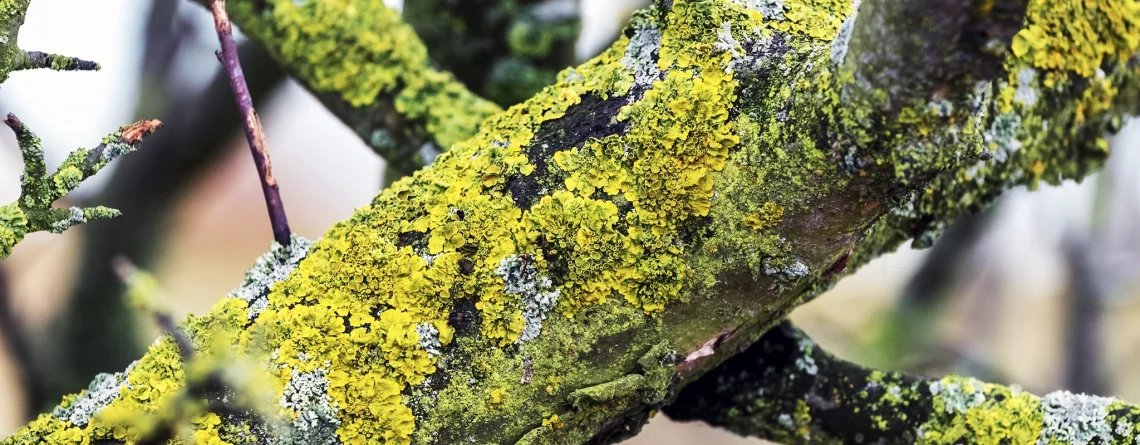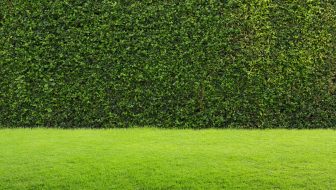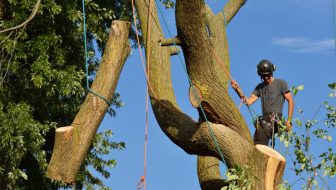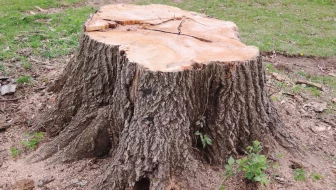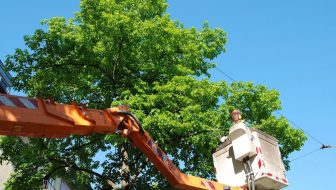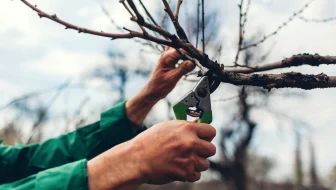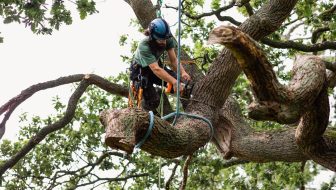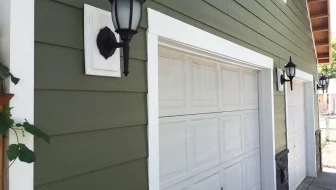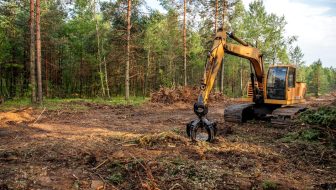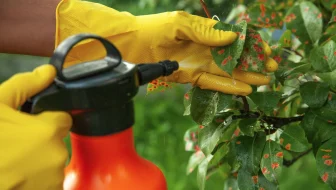As a property owner, ensuring the safety of your family and visitors is of utmost importance. Trees can be a beautiful addition to your landscape, but they can also pose a threat to the safety of your property if not properly assessed and maintained. This is where tree risk assessments come in.
A tree risk assessment is the process of identifying potential hazards associated with trees on your property. It involves a detailed inspection of each tree, looking for signs of damage or disease that could result in failure, such as cracks, decay, or weak branch attachments. Based on the findings of the assessment, recommendations are made for the appropriate management of the trees, which may include pruning, removal, or simply monitoring.
The benefits of tree risk assessments are numerous. First and foremost, they can prevent serious accidents from occurring on your property. Falling trees or branches can cause significant damage to your home or vehicles, and can even injure or kill people or pets. By identifying and treating potential hazards before they become a problem, you can protect your property and loved ones.
Tree risk assessments can also help you save money in the long run. Addressing potential hazards early on can prevent the need for expensive emergency tree removal services later. In addition, regular maintenance and monitoring of your trees can extend their lifespan and keep them healthy, reducing the likelihood of future problems.
Finally, tree risk assessments are a responsible way to maintain your property’s value and aesthetic appeal. Healthy, well-maintained trees add beauty and character to your landscape, while neglected or dangerous trees can detract from your property’s overall appearance.
Tree risk assessments are an essential component of responsible property ownership. By identifying potential hazards and taking appropriate action, you can ensure the safety of your property, save money, and maintain the beauty and value of your landscape. Contact us today to schedule your tree risk assessment and take the first step in protecting your property.

